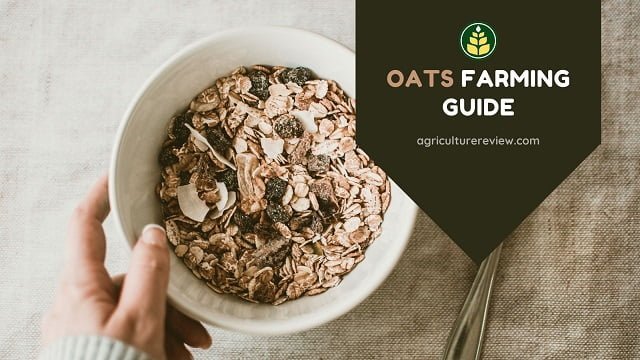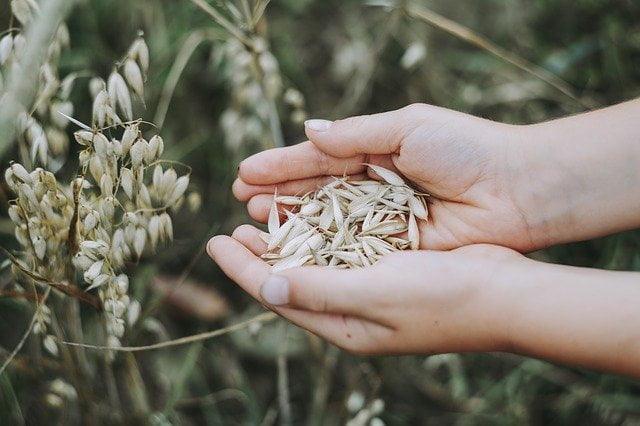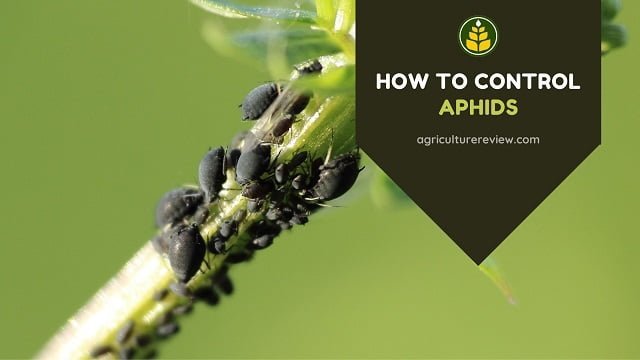This ultimate guide on how to grow oat will help you in practicing oat farming in your farm. Learn best scientific practices that you need to follow in order to get higher yield and returns.
In the year 2019, the global oats market size stood at $ 5.18 Billion. And according to the research it will reach around $ 6.90 Billion by 2027. This means the demand is increasing, hence farmers can earn good amount of profit by growing oats in their farm.
Table of Contents
Introduction
Oats or Avena sativa is cultivated mainly for grains, cattle feed, oats meal, and cookies. They belong to the Poaceae family and their cultivation practice is similar to wheat. Demand of oats in the market is increasing every year due to its nutritional value.
They are rich source of carbohydrates, dietary fibers, fats, and proteins. Oats have high protein and fiber content but are less in calories. That’s why in recent years when humans have started taking their health more seriously, they have also started adding oats in their daily diet.
Therefore we as a farmer can fulfil this increasing demand by growing oats in our farm. But wait, before cultivating this cereal crop you must know about better scientific practices to get higher yields!
Therefore keep reading till the end and do not miss any of these important points that can make you a successful oats farmer.
Origin Of Oats
Researchers believe that oat originated in Asia minor. Although it is extensively cultivated in Russia and Europe. The present cultivated species of oats has been derived from two wild species, Avena sterilis (Wild Red Oats) and Avena fatua (Common Wild oats).
Area & Production
The global oats production is estimated around 22,987,181 tonnes every year. Russian Federation is the largest producer of oats in the world. It produces around 4,761,365 tonnes of oats annually. This is followed by Canada with annual production of 3,018,100 tonnes.
Other oats producing countries are Poland, Australia, Finland, USA, Spain, Brazil, U.K., Argentina, etc.
Oats Farming Guide

Climate & Temperature
You can grow oats in cool and dry climatic condition. The ideal temperature range to cultivate oats is between 15 to 25o Celsius. At the time of sowing, temperature range of 20 to 25o Celsius favours good germination rate.
Soil
You can cultivate oats in nearly all types of soil. However, well drained loamy soil rich in organic matter with pH of around 5.5 to 6.5 is ideal for growing oats in the farm. Unlike wheat and Barley, oats can tolerate acidic soils.
Field Preparation
Field preparation for oats is similar to that of wheat. Use mould board or disc plough to deep plough your field. After deep ploughing, practice harrowing 2 to 3 times with disc or tines followed by 2 to 3 planking and levelling of the field.
During preparation of field you should add first doze of Fertilizers and Farm Yard Manure for better growth and development of crop.
Seed Rate & Sowing Time
For raising grain crop sow 80 Kilograms of oats seeds per hectare, and for fodder crop, sow 100 Kilograms of seeds per hectare. Sow seeds at depth of 3 to 4 centimetres with the help of seed drill or zero tillage drill. Maintain spacing of 25 to 30 centimetres between rows.
To get maximum yield sow oats seeds during mid October to mid November. However you can also sow seeds till first week of December. Sowing time can vary from place to place depending on local climate.
For one acre of land 25 Kilograms of seed is sufficient.
Oats varieties that you can sow in your farm are Kent, Algerian, Bunker 10, Coachmen, HFO 114, UPO 50, etc.
Seed Treatment
To avoid any damage, treating seeds to prevent fungi and bacteria is necessary. You can treat seeds by Captan or Thiram @3 grams per Kilogram.
Fertilizers
Apply 12.5 tonnes of Farm Yard Manure after last ploughing for field preparation. Recommended dozed of Nitrogen, Phosphorus, and Potassium are 80:40:0 Kilograms per hectare.
Apply complete doze of phosphorus and 60 Kilograms of Nitrogen as basal before sowing of seeds. And use rest nitrogen in two split dozes. First doze at first irrigation followed by second irrigation.

Irrigation
Oats crop require higher amount of water than wheat crop. 4 to 5 irrigations during growth period is useful in getting maximum yield. Tillering stage is the critical stage for irrigation and irrigating field after each cutting is necessary.
Time to time Hand weeding is necessary to remove weeds from oats farm.
Harvesting
Oats crop takes nearly about 120 to 150 days to become mature. For fodder crop you can practice 2 to 3 cuttings and then leave for harvesting grains. For fodder you can start harvesting 80 days after sowing of seeds. Harvest at an interval of 50 to 60 days.
Yield Of Oats
You can get around 50 to 60 tonnes of fodder crop, and 200 to 400 Kilograms of grains from one hectare oats farm.





